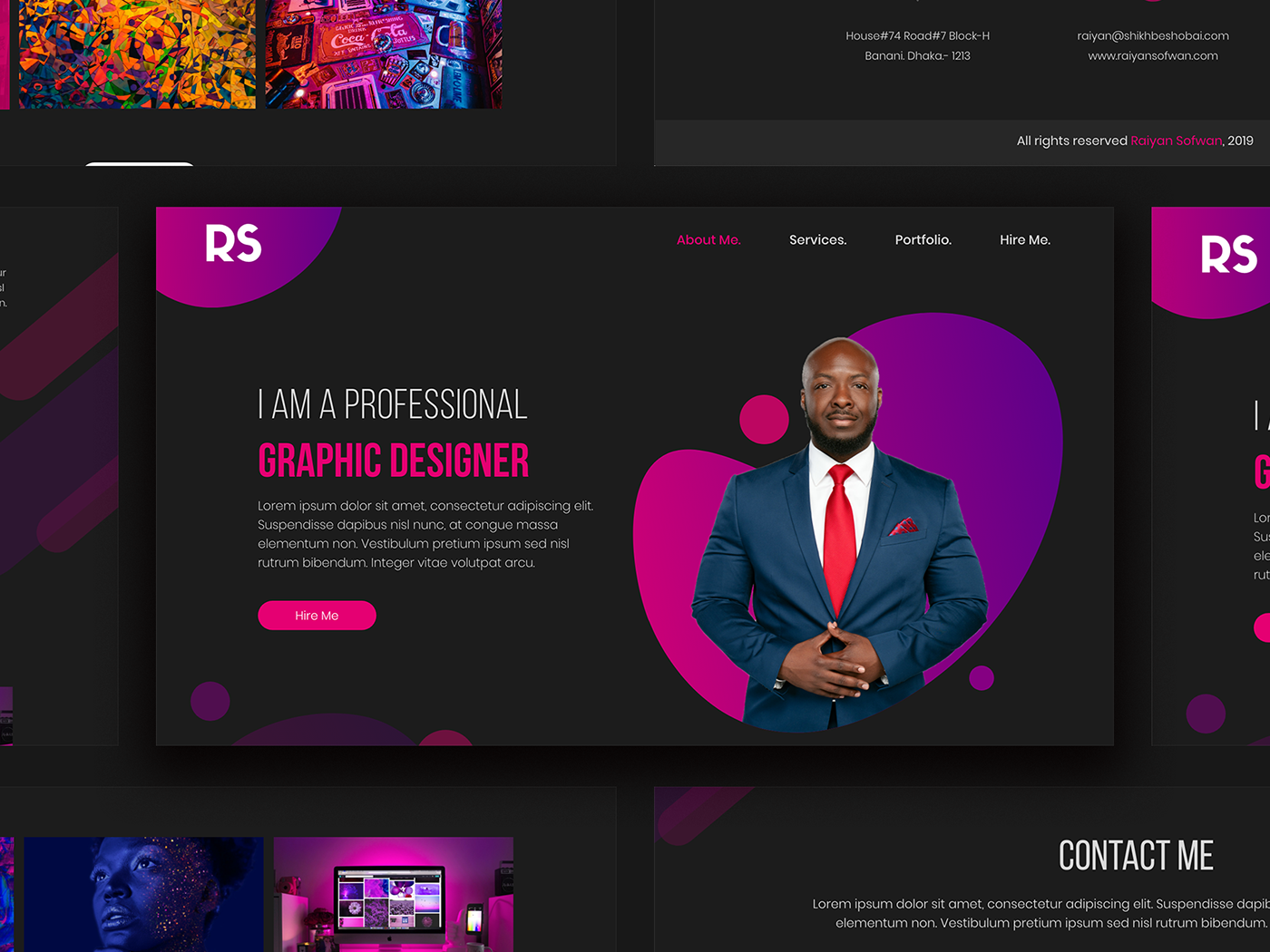Reliable Strategies by Website Designers to Boost Online Existence
Reliable Strategies by Website Designers to Boost Online Existence
Blog Article
Unlocking the Keys to Remarkable Website Layout for Ecommerce Success
In the world of shopping, the layout of a site is an essential facet that can either make or break its success. Achieving extraordinary site layout for shopping requires more than simply aesthetic allure-- it calls for a calculated combination of user-centric principles, conversion-focused layouts, intuitive navigating, compelling visuals, and a mobile-first strategy.

User-Centric Layout Principles
Executing user-centric design concepts is paramount for developing a seamless and user-friendly e-commerce platform that accommodates the requirements and preferences of on the internet shoppers. By focusing on the customer experience, organizations can improve consumer complete satisfaction, increase involvement, and drive conversions. User-centric layout focuses on understanding the behavior, motivations, and goals of individuals to create a website that meets their assumptions successfully.
Streamlining the individual journey can minimize bounce rates and enhance the chance of repeat visits. In addition, receptive layout is vital to ensure that the shopping platform is available across numerous tools, supplying a regular experience for users no matter of the screen size.
Customization is an additional crucial element of user-centric style. By leveraging data analytics and individual understandings, companies can tailor the internet site material, product recommendations, and advertising offers to private preferences, boosting relevance and interaction. Eventually, incorporating user-centric layout principles can establish companies apart in the affordable e-commerce landscape and foster long-term consumer commitment.

Conversion-Optimized Layouts
Just how can strategic format style improve conversion rates on shopping websites? Conversion-optimized layouts are critical in guiding individuals through the purchasing trip flawlessly. A well-thought-out design can substantially affect user behavior and boost the probability of a successful conversion.
One secret aspect of a conversion-optimized design is clear and instinctive navigating. By making sure that visitors can quickly discover what they are looking for, whether it be item groups, search bars, or filters, you decrease the danger of them leaving your site without purchasing. Additionally, tactically placing call-to-action switches such as 'Include to Cart' or 'Get Currently' can motivate users to take the preferred activity promptly.
Moreover, maximizing the format for mobile responsiveness is vital in today's electronic landscape. With an expanding variety of customers shopping on mobile phones, having a format that adapts seamlessly to different display sizes and resolutions can boost the general user experience and drive conversions.
Seamless Navigation Strategies
Reliable e-commerce web sites that prioritize conversion-optimized layouts comprehend that smooth navigating strategies play a critical role in assisting users towards effective deals. Smooth navigating is the backbone of a straightforward experience, ensuring that site visitors can quickly discover what they are looking for and relocate through the purchase journey without any barriers. One key method is to implement a intuitive and clear food selection framework that classifies products realistically and decreases the variety of clicks called for to reach a specific thing. Additionally, incorporating a famous search bar makes it possible for customers to rapidly situate products, better enhancing the total navigating experience.
One more essential facet of smooth navigating is the usage of breadcrumb trails, which reveal customers their present location on the site and give easy access to previous web pages. If required and improves total navigation effectiveness, this feature helps individuals backtrack. Purposefully put call-to-action switches and web links straight users towards crucial web pages such as item summaries, shopping carts, and check out, streamlining the path to conversion. By integrating these Click This Link navigation techniques, shopping websites can produce a smooth and instinctive browsing experience that motivates individuals to finish their deals (Website Designers).
Involving Aesthetic Branding
Crafting an engaging visual brand identity is essential for developing a solid on-line presence in the affordable ecommerce landscape. Engaging aesthetic branding surpasses just having a logo; it includes making use of shades, typography, imagery, and general layout consistency to create a unforgettable and natural brand name picture. When implemented effectively, visual branding can help e-commerce businesses stand apart from competitors, build brand recognition, and foster trust fund with customers.
One secret aspect of engaging visual branding is consistency throughout all touchpoints (Website Designers). From the internet site style to social networks articles and advertising materials, keeping an unified visual language assists reinforce brand identification and develop a seamless experience for customers. Additionally, leveraging aesthetically enticing web content such as premium images and videos can record the attention of visitors and communicate brand name values effectively
Including helpful resources narration aspects right into aesthetic branding can also produce a deeper connection with consumers by sharing the brand name's mission, worths, and one-of-a-kind selling propositions in a visually enticing and engaging way. By concentrating on developing an impactful and visually natural brand identification, shopping organizations can boost their on-line presence and drive success in the electronic industry.
Mobile-First Strategy
Applying a mobile-first strategy is crucial for optimizing the customer experience and taking full advantage of reach in today's ecommerce landscape. With the exponential development of mobile phone use, making certain that your shopping web site is not just mobile-responsive however also prioritizes mobile individuals' requirements is vital. Mobile-first layout includes creating an internet site starting from the smallest display size and afterwards scaling as much as bigger tools, ensuring a smooth experience throughout all systems.
Verdict
Finally, the trick to accomplishing ecommerce success depends on applying user-centric design concepts, conversion-optimized layouts, smooth navigating approaches, engaging visual branding, and a mobile-first strategy. By concentrating on these essential components, businesses can create extraordinary sites that draw in and maintain consumers, inevitably resulting in increased sales and growth. It is vital for ecommerce internet sites to prioritize the customer experience and style elements in order to attract attention in the competitive on the internet market.
Furthermore, responsive layout is critical to make certain that the e-commerce platform is easily accessible across numerous gadgets, providing a consistent experience for users regardless of the screen size.
Reliable ecommerce web sites that prioritize conversion-optimized layouts recognize that smooth navigation techniques play a critical function in guiding customers towards successful purchases. By integrating these navigating techniques, shopping internet sites can produce a smooth and instinctive surfing experience that encourages customers to complete their transactions.
With the rapid development of mobile tool usage, ensuring that your ecommerce website is not just mobile-responsive however additionally focuses on mobile users' needs is vital. It is site web critical for shopping sites to focus on the customer experience and style elements in order to stand out in the competitive online market.
Report this page